Apex predators—also known as super predators—occupy one of the most powerful positions in nature. They sit at the very top of food webs, shaping the behavior, health, and population dynamics of nearly every organism below them.
While their strength and hunting skills often capture our imagination, these animals are far more than just impressive hunters—they are critical to the stability and biodiversity of their ecosystems.

This article provides a detailed, science-based overview of apex predators, explains why they matter, and highlights 10 iconic species from land, sea, and sky.
10 Apex Predators
What Is an Apex Predator?
Why Apex Predators Matter
Are Humans Apex Predators?
This list does not include every apex predator on Earth, but it covers some of the most influential and scientifically significant species from different ecosystems.
The African lion is one of the most recognizable apex predators in the world. Although largely associated with sub-Saharan Africa, a small population also survives in India’s Gir Forest.
They primarily hunt large herbivores like zebras, wildebeests, and buffalo.
Lionesses hunt cooperatively, using teamwork to chase, flank, and ambush prey.
As dominant carnivores, they regulate herbivore populations and influence grazing patterns across African savannas.
Lions have been featured in human mythology and culture for thousands of years, symbolizing strength and dominance.
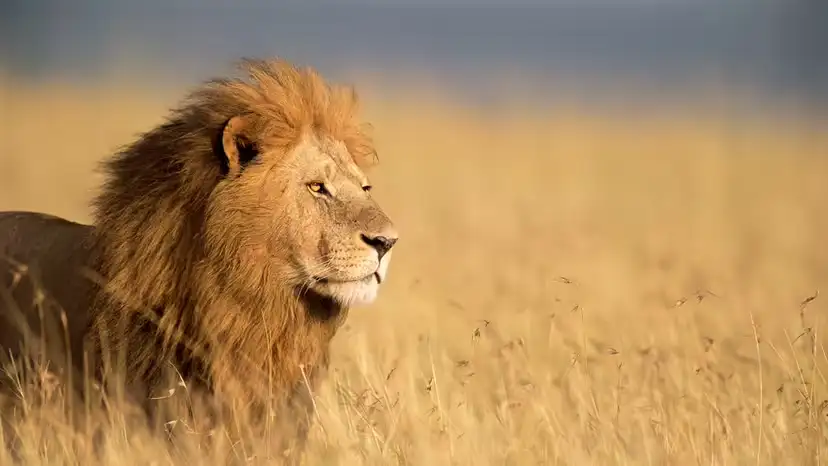
African wild dogs are among the most efficient hunters in the animal kingdom. Known for their painted coats and large dish-shaped ears, these canines are native to sub-Saharan Africa.
Highly cooperative pack hunters
Extremely high hunting success rate (often higher than lions or leopards)
No natural predators in their native range
However, habitat loss and conflict with humans have pushed the species toward endangerment.

The bald eagle is both a powerful apex predator and a remarkable conservation success story. Found across North America, it thrives near lakes, rivers, and coastal habitats.
Feeds mostly on fish but also hunts waterfowl and small mammals
Controls fish populations and scavenges carrion
Rebounded dramatically after DDT was banned and habitat protection improved
Today, the bald eagle symbolizes both national pride and successful wildlife recovery efforts.
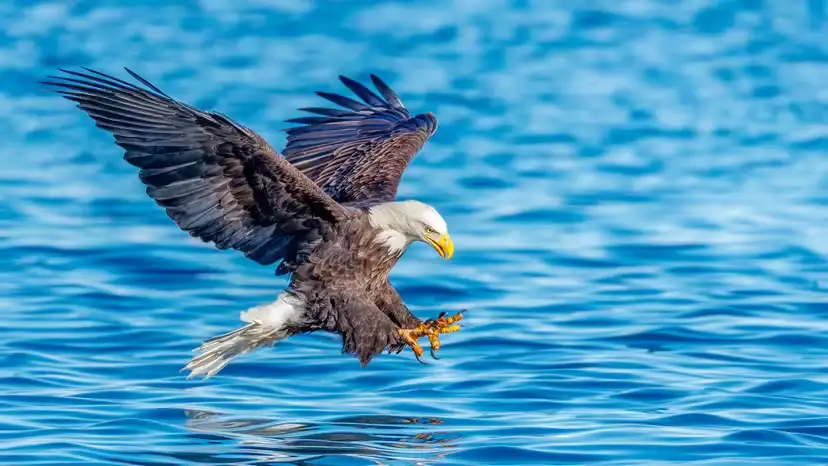
Gray wolves once ranged across much of the Northern Hemisphere and remain one of the most studied apex predator species today.
They hunt cooperatively in family-based packs
Prey primarily on deer, elk, moose, and other large herbivores
Their presence creates trophic cascades, reshaping entire landscapes
The famous reintroduction of wolves to Yellowstone National Park demonstrates how an apex predator can restore plant growth, reshape riverbanks, and balance herbivore populations.
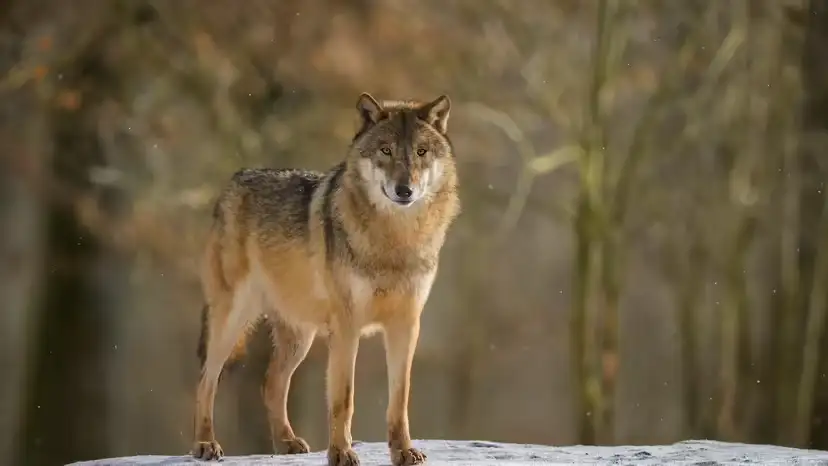
Grizzly bears are a subspecies of brown bear and dominate many North American mountain and forest ecosystems.
Omnivorous but highly opportunistic predators
Diet ranges from moose and salmon to berries and roots
Their foraging behaviors redistribute nutrients throughout the ecosystem
In areas like Alaska and western Canada, grizzlies play a major role in both terrestrial and aquatic food webs.
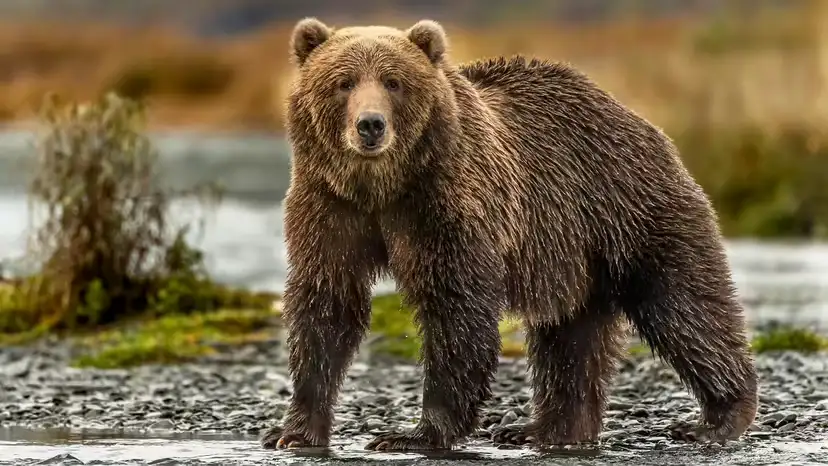
The harpy eagle is the most powerful bird of prey in the Americas, found in the tropical rainforests of Central and South America.
Possesses the largest talons of any living raptor
Capable of carrying prey nearly half its body weight
Due to deforestation, the species has become rare in much of its former range.
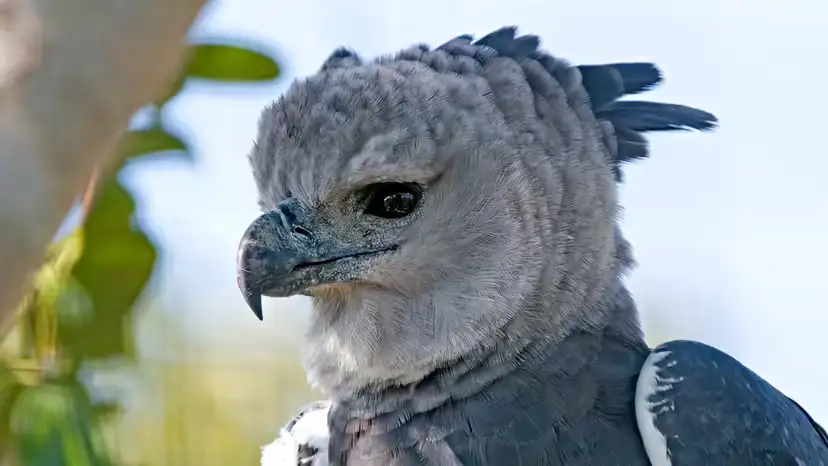
Killer whales are not whales but the largest species of dolphin—and the undisputed rulers of the ocean.
Hunt seals, sea lions, sharks, dolphins, and even large whales
Demonstrate complex social structures and cooperative hunting strategies
Known to prey on great white sharks, proving their dominance over other large marine predators
Orcas shape marine ecosystems on a global scale through top-down pressure.
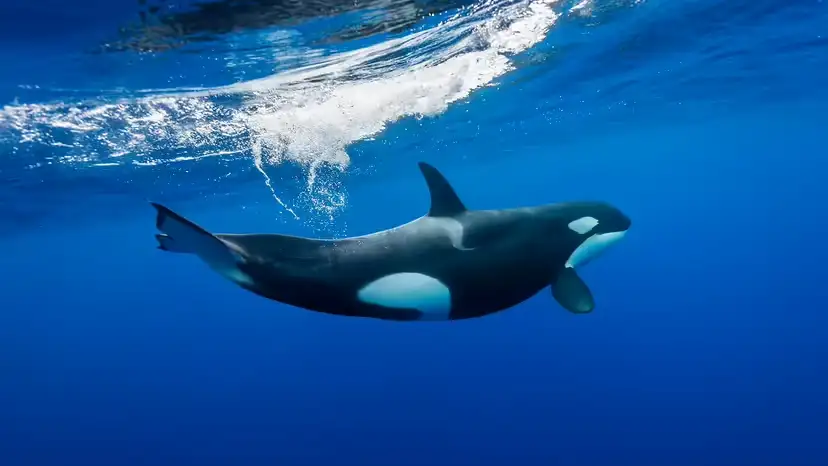
The polar bear is the apex predator of the Arctic, adapted to survive one of the harshest climates on Earth.
Specializes in hunting seals from sea-ice platforms
Opportunistically eats whales, seabirds, and Arctic foxes
Highly dependent on sea ice, making them extremely vulnerable to climate change
The melting of Arctic ice threatens the survival of this species more than any natural predator could.
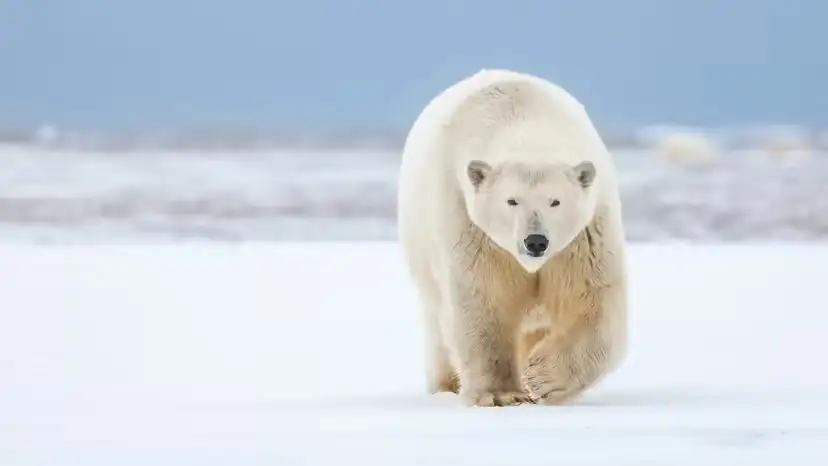
As the world’s largest living reptile, the saltwater crocodile is one of the most formidable predators on the planet.
Adult males can reach 1,500 kg (3,300 lbs)
Ambushes prey with explosive power
Eats virtually anything: sharks, birds, mammals, fish, and even other crocodiles
Their range extends from India to Southeast Asia and northern Australia.
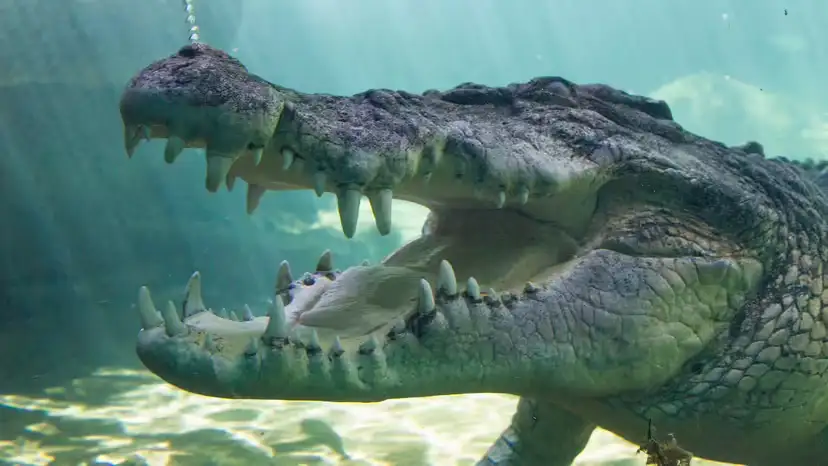
The tiger is the largest of all big cats and an iconic apex predator of Asia.
Solitary ambush hunter
Preys on large ungulates like deer, boar, and buffalo
Possesses unmatched strength among terrestrial predators
Despite their power, tiger populations have declined sharply due to habitat destruction and illegal poaching.

An apex predator is a carnivore (or omnivore) that has no natural predators in its environment.
They sit at the top of local food webs and play a disproportional role in shaping their ecosystems.
Characteristics often include:
Large body size
High intelligence or advanced hunting strategies
Low predation risk
Strong influence on prey behavior and population dynamics
Their presence—or absence—can transform entire ecosystems.
Apex predators are not just impressive; they’re essential.
By hunting herbivores and smaller carnivores, they prevent overpopulation and overgrazing.
Reducing pressure on plants and smaller animals helps ecosystems remain balanced.
By removing weak, sick, and old prey, apex predators:
Reduce disease spread
Improve genetic fitness of prey species
Their top-down pressure keeps non-native species from overrunning ecosystems.
Their influence trickles down through every level of the food chain—affecting vegetation, soil, rivers, and other species.
Scientific studies consistently show that removing apex predators results in:
Overgrazed landscapes
Habitat collapse
Loss of plant and animal diversity
Increased disease and parasitic outbreaks
Scientists continue to debate this question.
No natural predators
Capable of hunting virtually any species
Use tools and technology to dominate ecosystems
Humans are dietary generalists, not exclusively carnivorous
Our trophic level (position in the food chain) is lower than true apex predators
Most human food does not come from animals that eat other animals
Our impact on ecosystems is technological, not ecological
Many ecologists prefer to describe humans as “super generalists” rather than classic apex predators.
Apex predators—from lions and wolves to killer whales and tigers—are not just symbols of power.
They are essential regulators that keep ecosystems healthy, diverse, and functional.
Protecting apex predators means protecting:
forests
oceans
grasslands
biodiversity
and ultimately, the stability of life on Earth
Understanding their role reminds us that every ecosystem is deeply interconnected—and losing its top predators can unravel the entire structure.
animal tags: predator
We created this article in conjunction with AI technology, then made sure it was fact-checked and edited by a Animals Top editor.